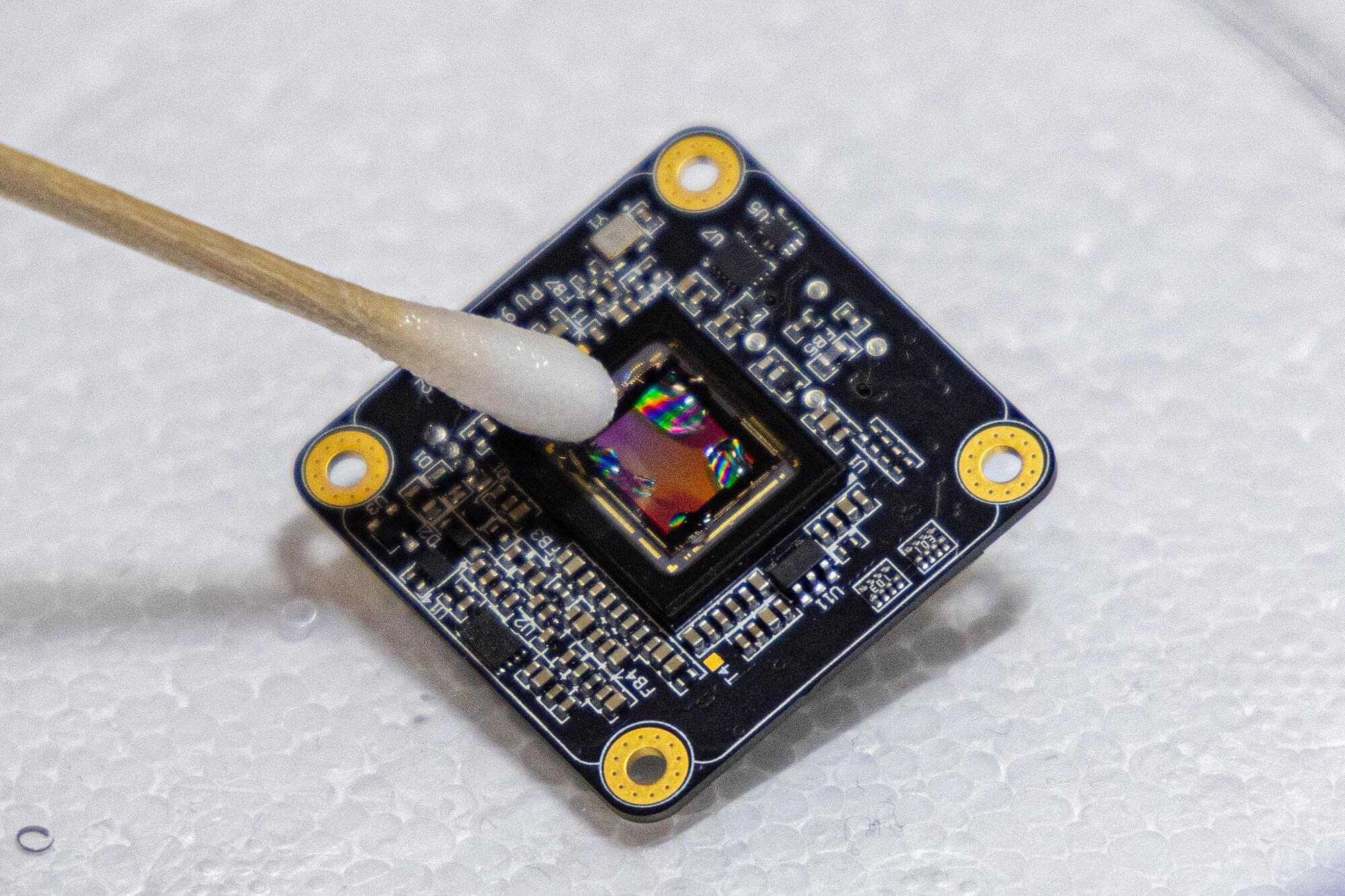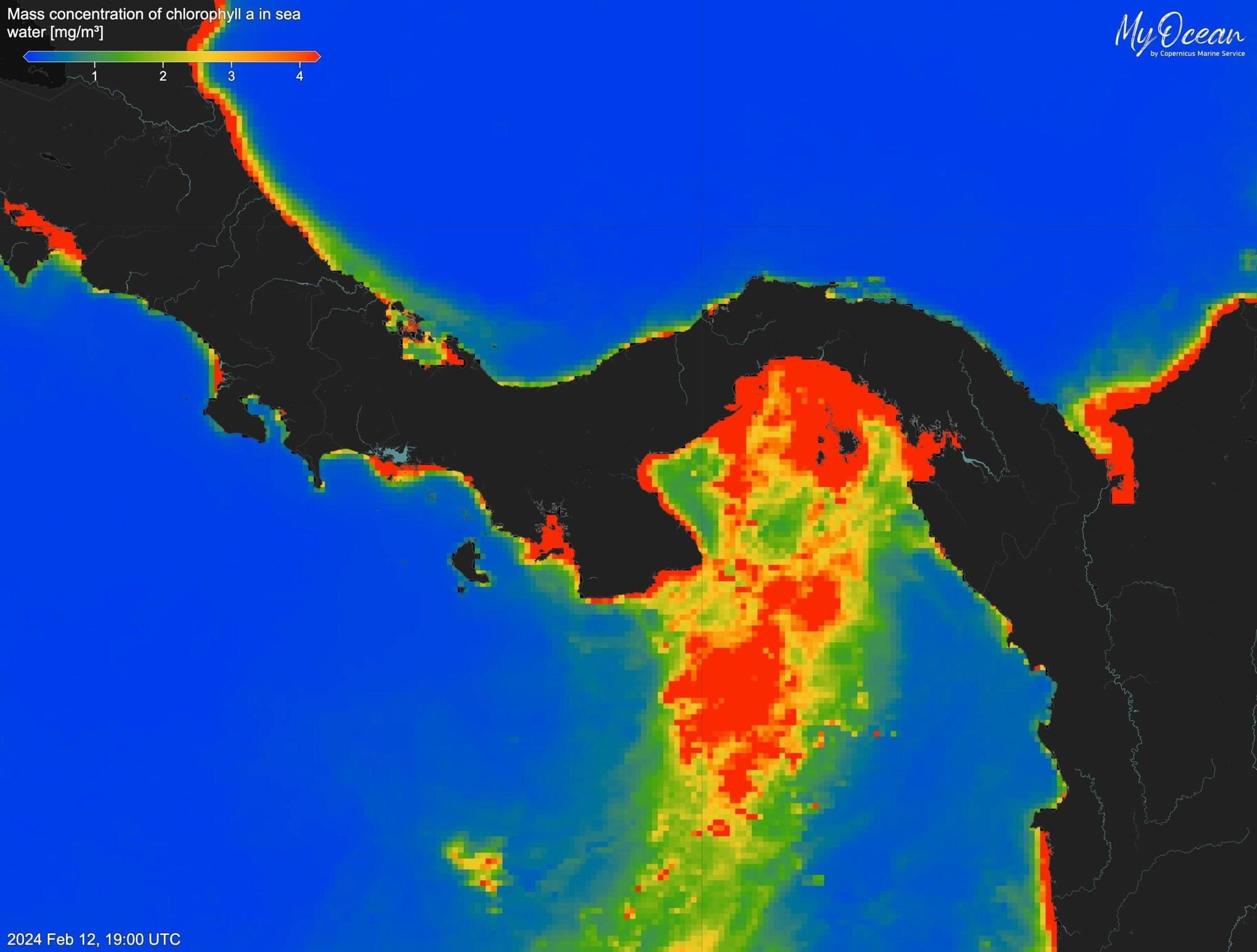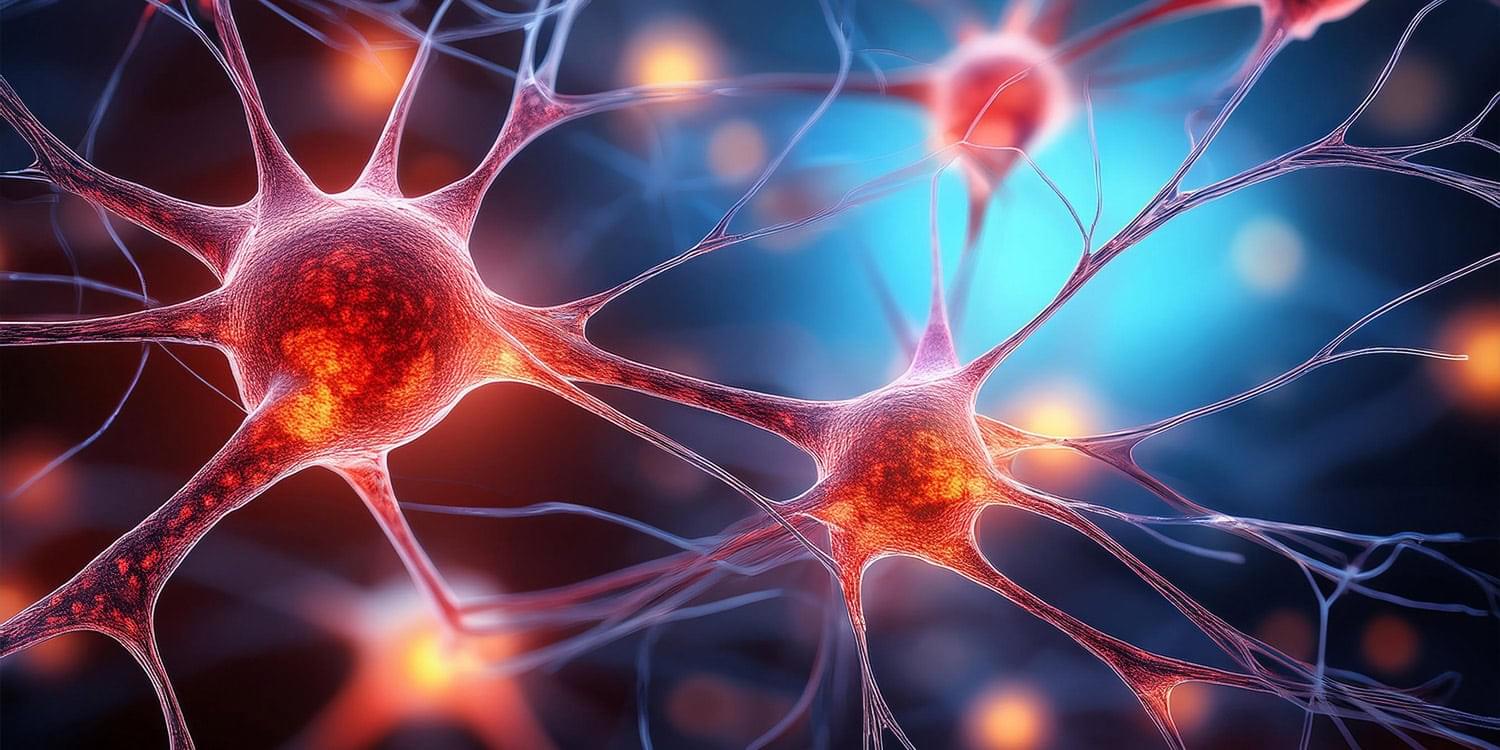A new liquid biopsy test from Exact Sciences scans for 50 cancers in one blood sample. The company says it marks a new era in early detection, but there are caveats.




Maryland-based biotech Galimedix Therapeutics is ready to take a big swing on its oral Alzheimer’s disease candidate after no serious adverse events were reported and the small molecule successfully crossed the blood-brain barrier in a phase 1 trial.
The first-ever clinical trial for GAL-101 tested single and multiple ascending doses of the asset in more than 100 healthy volunteers, Galimedix reported in a Sept. 12 release. The company is now initiating fundraising for a phase 2 trial.


Researchers at the University of California, Davis, have created a miniaturized microscope for real-time, high-resolution, noninvasive imaging of brain activity in mice. The device is a significant step toward revolutionizing how neuroscientists study the brain.
“What we are doing is creating technology to image brain activity in freely moving and behaving mice to open up the behavior paradigm,” said Weijian Yang, professor of electrical and computer engineering. “The goal is to create a device capable of enabling research into brain activity and behavior in mice in real time—to see how brain activity drives behavior or perception.”
The microscope will advance insights into how the brain works, which is expected to benefit human health by empowering the development of new and improved therapeutic strategies for brain disorders.


But now, researchers have integrated the entire wireless spectrum covering nine radio-frequency (RF) bands — from 0.5 to 110 GHz — into a chip measuring just 0.07 by 0.43 inches (1.7 by 11 millimeters).
The new chip is also capable of achieving a data transmission rate of more than 100 gigabits per second, including on low bands used in rural areas, where speeds can be notoriously slow. Communication also remained stable across the entire spectrum, the researchers found. They revealed their research in a study published Aug. 27 in the journal Nature.


CMS scientists study the first-ever oxygen-oxygen collisions at the LHC, and observe signs of quarks and gluons losing energy when they travel through quark-gluon plasma – a state that existed just after the Big Bang.
When heavy ions such as lead (Pb) collide at nearly the speed of light inside the Large Hadron Collider (LHC), extreme conditions are created that can “melt” ordinary nuclear matter into a new state called the quark-gluon plasma (QGP). This hot and dense medium is believed to resemble the universe just microseconds after the Big Bang, when quarks and gluons – the fundamental building blocks of protons and neutrons – moved freely.
Physicists study the QGP medium by looking at how fast-moving quarks and gluons – collectively called partons – behave as they pass through it. Fast moving partons form sprays of particles, which can be seen as “jets” in particle detectors. In collisions of very small systems, such as proton-proton collisions, the observed jets are seen to retain the full energy or the original partons. In contrast, in heavy-ion collisions, the presence of the QGP medium leads to a significant loss of energy.

A new study has found that a chick’s ability to mentally organize numbers along a line from left to right is not learned but is instead a direct result of brain specialization that occurs before hatching. Researchers found that exposing chick eggs to light in the final days of incubation causes the two hemispheres of the brain to develop distinct functions, which in turn establishes an innate tendency for the chicks to count from left to right.
For many years, scientists and philosophers have debated the origins of the “mental number line,” a common intuition where people visualize smaller numbers on the left and larger numbers on the right. The prevailing theory suggested this was a cultural artifact, learned through years of reading and writing in a left-to-right direction.
However, this idea has been challenged by findings that pre-verbal infants and even some animals exhibit a similar spatial bias for numbers, suggesting a deeper, biological foundation. Researchers have hypothesized that this foundation lies in brain lateralization, the process where the left and right hemispheres of the brain become specialized for different cognitive tasks. While this connection seemed plausible, there was little direct experimental evidence to confirm that brain specialization actually causes this numerical mapping.